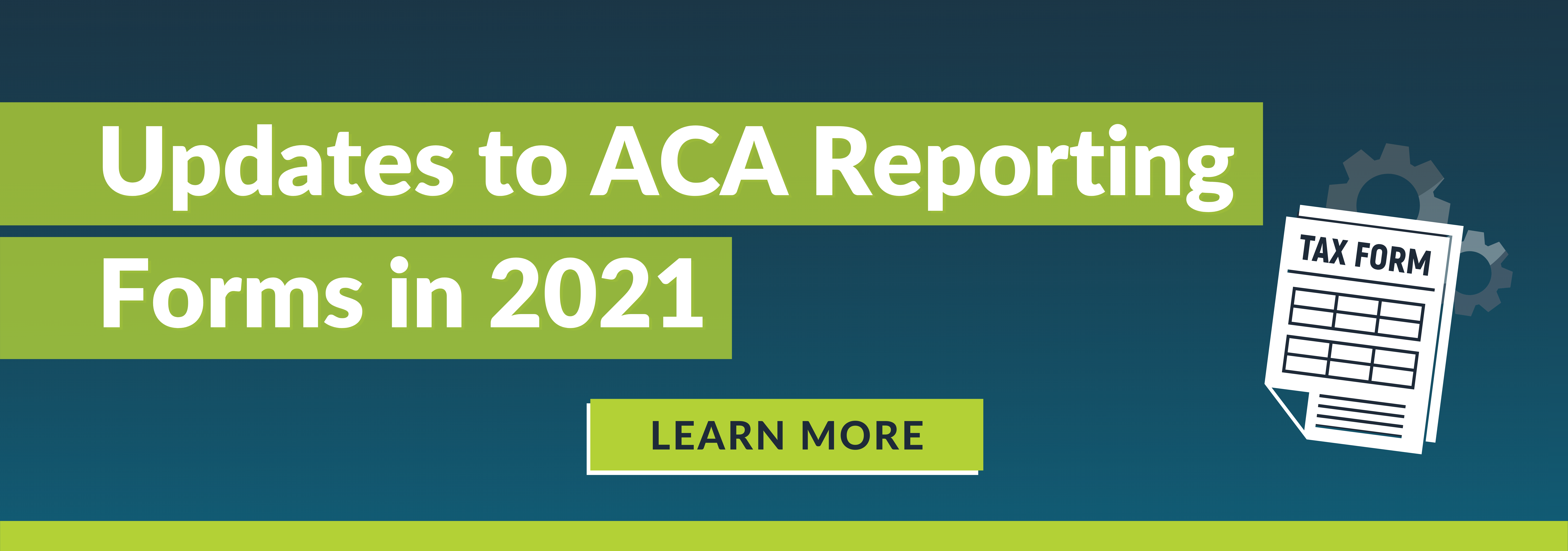
Written by
Lauren Brown
Lauren is an aPHR®-certified member of the Marketing team at Bernard Health. She writes about healthcare insights, employment law, and HR solutions.
Labor Law Compliance for HR and Small Organizations in 2021

Maintaining compliance is one of the most important ongoing tasks that HR teams face, especially during a time when many workforces are still operating remotely and labor law is evolving due to COVID-19. From distributing compliance notices to maintaining compliance during remote onboarding, there’s a lot for HR and employers to keep up with. What are the current challenges to compliance efforts in 2021, and how can organizations overcome them?
What are the Main Challenges for Staying Compliant?
As employment laws change with the needs of the workforce, HR teams must stay up to date on the latest legal changes and requirements in order to keep their organization fully compliant.
The Department of Labor (DOL) requires employers to distribute specific notices to employees and to document employee acknowledgment of each required notice. The COVID-19 pandemic, which has forced many teams to work from home, has complicated notice distribution and communication with employees.
Employers have also had to keep up with new legislation that has been passed in response to the pandemic, like the Families First Coronavirus Response Act and new OSHA guidelines to protect workforces.
What Compliance Notices Should be Posted?
According to federal compliance regulations, employers must post specific posters in high-traffic locations that are clearly visible to employees and prospective employees.
Workforces who are still operating remotely should also make these posters digitally available on the organization’s intranet or email them to employees. At a minimum, these postings should include:
- EEOC – According to the Equal Employment Opportunity Commission, “The law requires an employer to post a notice describing the Federal laws prohibiting job discrimination based on race, color, sex, national origin, religion, age, equal pay, disability or genetic information.”
- Federal Minimum Wage – Under the Fair Labor Standards Act (FLSA), employers subject to minimum wage provisions must post this poster.
- Family and Medical Leave Act (FMLA) – According to the DOL, “All covered employers are required to display and keep on display a poster explaining the provisions of the FMLA and telling employees how to file a complaint with the Wage and Hour Division of violations of the Act.”
- OSHA – The Occupational Safety and Health Administration is an agency of the US government under the Department of Labor whose mission is to aid in prevention of work-related injuries, illnesses and deaths. Employers must display this poster, unless their state has a poster under their OSHA state plan.
- USERRA – The Uniformed Services Employment and Reemployment Rights Act protects service members’ right to return to work after returning from service. Employers should display this poster to inform workers of their USERRA rights.
How Can Employers Improve Compliance Efforts in 2021?
In order to keep your employees informed and safe–and your organization compliant–follow these tips:
- Practice Effective Remote Communication: In order to maintain compliance, HR teams and employers must effectively communicate with their employees. Review these compliance communication best practices if your organization is still operating remotely. Using strategies like email templates, setting communication channel guidelines, and 1-on-1 meetings will help your compliance efforts even if your teams are working from home.
- Stay Updated on News: Labor laws often evolve in response to changes in the workforce, which means that HR teams must find a way to keep up with these changes so that they stay compliant. To keep up with changing labor laws, HR teams can subscribe to the Department of Labor (DOL) news alerts and resources like the Society for Human Resources Management (SHRM) for legislative updates. These subscriptions will alert you to changes in both local and federal laws that might impact your organization.
- Confirm Receipt and Keep Records: Once you've sent out compliance notices or important operating communications, it's important to make sure your employees have received and read them by requesting a signature or a response. If you’re requesting a signature on a form, be sure to keep organized records of the signed compliance forms so that you can produce proof of compliance if needed.
- Use an HRIS: Employers can use a human resources information system (HRIS) to easily administer notices to employees. By keeping everything in one spot, HR teams can spend less time on administrative tasks and more time on more strategic projects.

Written by
Lauren Brown
Lauren is an aPHR®-certified member of the Marketing team at Bernard Health. She writes about healthcare insights, employment law, and HR solutions.
Related Posts
Yes, you can use a health savings account, or HSA, for cosmetic surgery, but only in...
According to the KPMG 2023 CEO Outlook, 64% of business leaders believe there will be a...
Thomas J. Peters, best known for his book In Search of Excellence, once stated, “The day...
According to the Ethics and Compliance Initiative’s (ECI) 2023 Global Business Ethics...







Submit a Comment